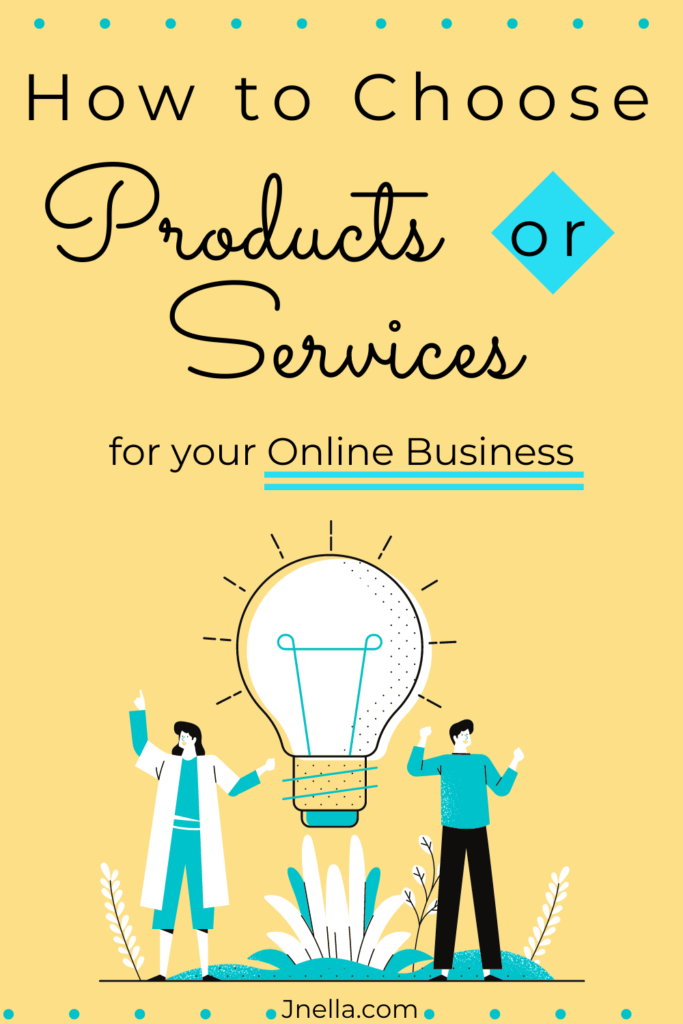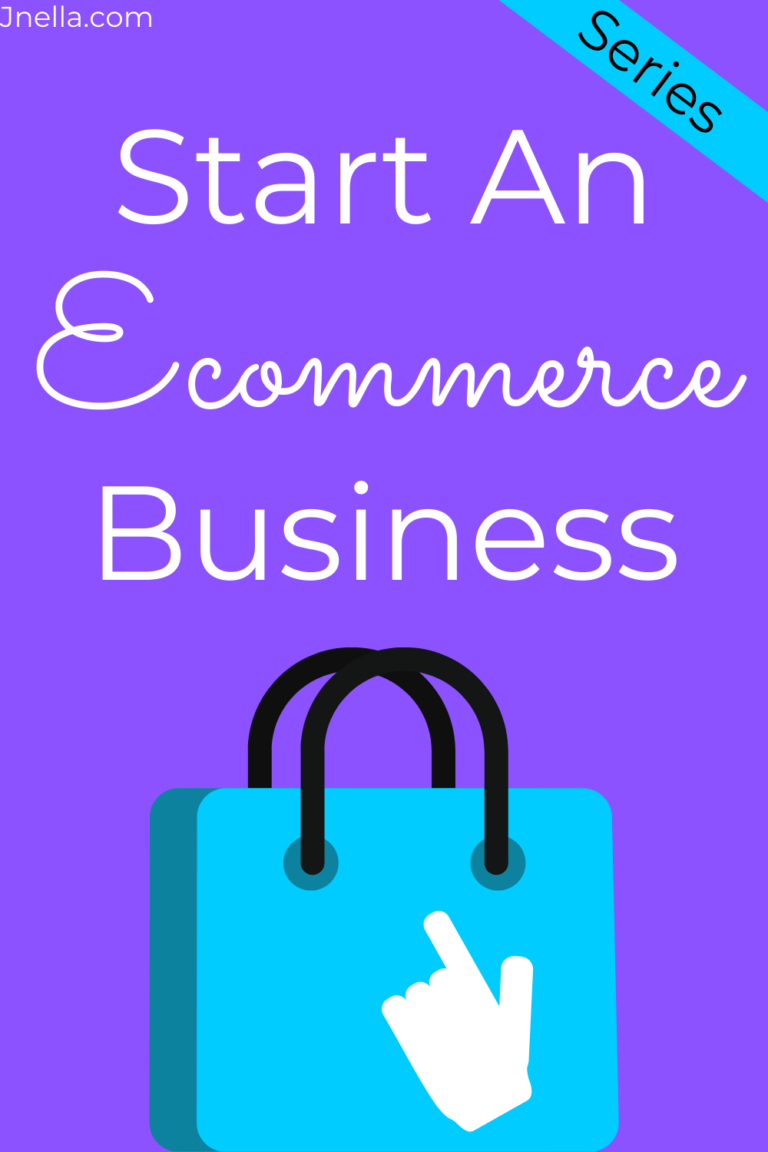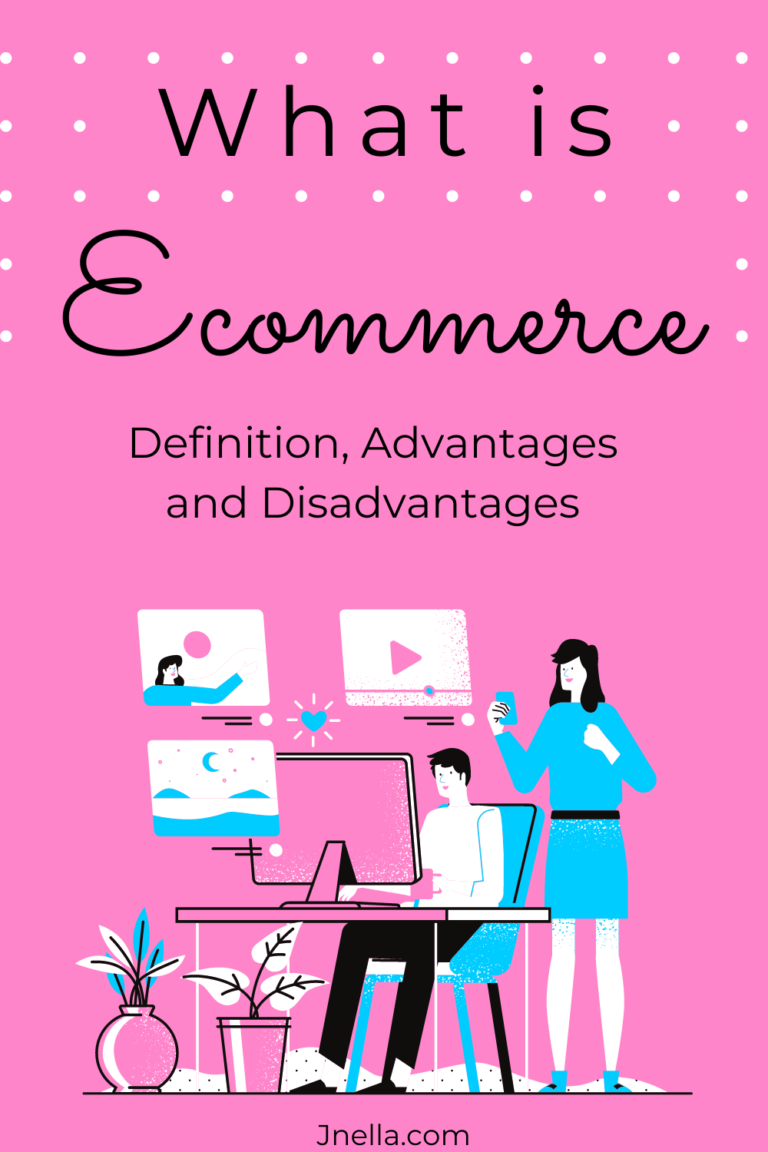This post is part of the series Start An Ecommerce Business.

We’ve tackled before what an ecommerce is as well as its pros and cons.
Let’s now start building our ecommerce business.
In this post we will look for a product we can sell or services we can offer.
Let’s start.
Evaluate Yourself
Before we start looking outside, it’s better to first start with ourselves.
What can you offer?
How can you help others solve their problems?
Why am I even asking this? Because that’s how you can make money.
Solving problems.
Below are questions you can ask yourself:
- What is your goal, why do you want to start a business?
- What are your skills?
- What skills are you interested in and are willing to learn?
- What industries are you knowledgeable in?
- What are your strengths?
- What are your weaknesses?
- How much money and time are you willing to invest?
Take note of your answers to those questions because you’ll use that to our next step which is to…
Brainstorm and Research Business Ideas.
You don’t look at a product, think it’s cool, and then just jump to build an ecommerce website to sell it.
There’s more to it than that.
How do I know?
We’ve done that before. And guess what happened?
We sold a lot – at the start. After the first few days no one bought it again.
Not to mention that our customers are comprised of friends and relatives, who bought just to support us.
We have to let go of that very brilliant idea because keeping the product at that point will do us more harm than good.
Okay now back to brainstorming,
Brainstorming is a process where an individual or a group of people bring up ideas to solve a problem.
List some ideas based on your answers before. For example,
If you have a background in accounting, can use an accounting software, can write, can teach, are tech-savvy, are passionate about paintings and technology, then your list can look like this:
- Start an accounting firm.
- Start an online bookkeeping business that specializes in an accounting software.
- Start a blog about accounting and illustrate your point through your painting.
- Start a consulting business.
- Create and sell online courses that teach business owners bookkeeping.
- Create ebooks about accounting and bookkeeping.
- Etc.
Note: Write everything down for now, don’t worry about the quality of the idea we’ll deal with that later.
Next, we’ll do some research to add some more to our list.
- Think about problems in your day-to-day life.
Answer questions like,
What is it that you wish existed?
What product or service do you wish you had?
You get the idea, something along those lines.
- Think about other people’s problems.
Do you have a friend who rambles about their problems? Start there.
Then look at social media, read product reviews, forums, do a survey, or ask every single one of your acquaintance, friends, and family.
- Think about what’s trending right now.
Look at social media, see what’s popular on online marketplaces like Amazon, Etsy, Ebay, etc., and don’t forget that Google Trends exist.
Add all of those on your idea list and let’s move on to filtering.
We can filter our brainstormed business ideas by determining how much it will cost to produce? How long will it take? How much does shipping those products cost?
If it’s a service then ask yourself if you have skills and knowledge about it? If not, do you have the time to learn the skills or have the money to hire someone to do it for you?
What we’re doing here is basically just checking if we have the resources to do those ideas, if not, we eliminate it from our list.
(I actually don’t delete most ideas from my list and just put them in a spreadsheet so I can look at them in the future if I need to)
Now, at this time, I usually just pick one of the ideas left on the list based on what looks like the most fun or pick what seems the most profitable then proceed to validation.
(This, by the way, is how I pick my personal projects).
I know, I know I should do some more research like market analysis or something to find out the “best” idea but I, since I got stuck in the research phase before, now prefer to just do it.
I’ll find out if it works in the validation stage anyway.
There is an exception in this of course, like when the product is expensive or if the investment is high.
Even I dare not play that far (not that I have the chance to).
Okay so if the stakes are high, I’ll obviously need more than my gut feeling in deciding.
I still prefer to make this simple so what I’ll do is…
First, establish some criteria. And then add weight to it based on how important it is.
After that I’ll rate each idea from 1 to 5 and then multiply by the weight of the criteria.
(This is kinda like how some schools grade students here in the Philippines).
I have another method here and it’s easier for me.
What will we do?
Research competitors.
- Is the competition high or low?
If it’s high then the industry is most likely profitable which is good, but without an excellent USP (Unique Selling Proposition), you’ll risk being crushed to the ground by your competitors.
If, on the other hand, the competition is low, don’t be happy and excited but inspect it further.
The reason for this low volume might be because the industry is not profitable enough.
- How long are they in the business?
If they’ve been doing it for a long time then that can assure you that that industry is profitable/big enough to sustain long term operation.
- What are the services or products they offer?
What can you do differently/better. Why would customers choose you over them?
I’ll also look at product reviews and what their customers like and dislike about the product.
Okay
Research, ✔ done.
Now onto validation.
There are a lot of ways to validate an idea but what I prefer is…
Preselling.
I’ll set up a facebook page (or a website if I have the budget), put my product there and then,
Sell.
Ask my friends and relatives to like and share and post to facebook groups.
I’ll also do facebook ads if I have the budget.
To know if the product is viable, we’ll just look at the result of pre-selling our product.
Conclusion
And that, my friends, conclude this post.
In the next article, we’ll discuss where and how to find suppliers for our products.


